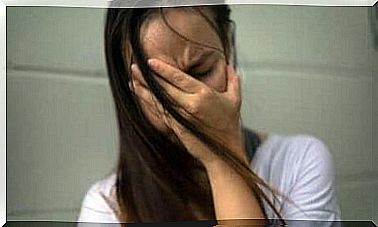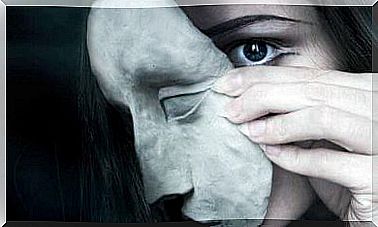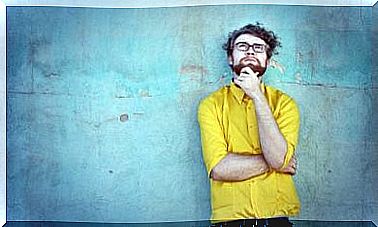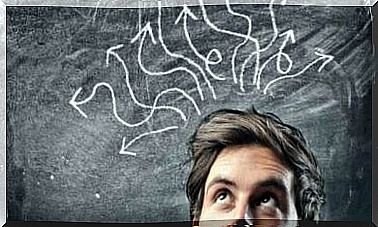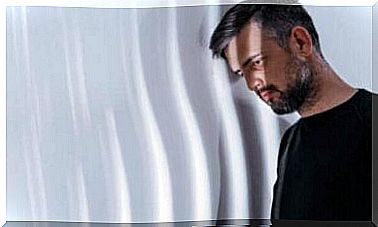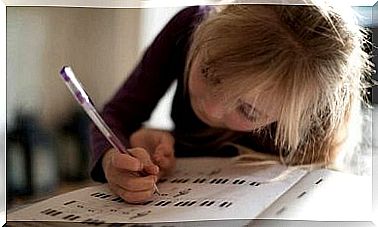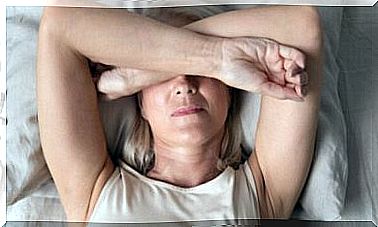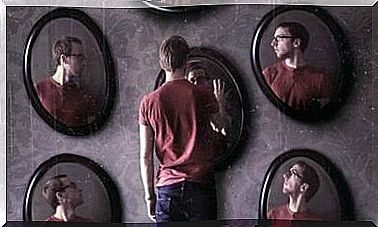Inclusion Of Disabilities: Make Society Less Exclusive
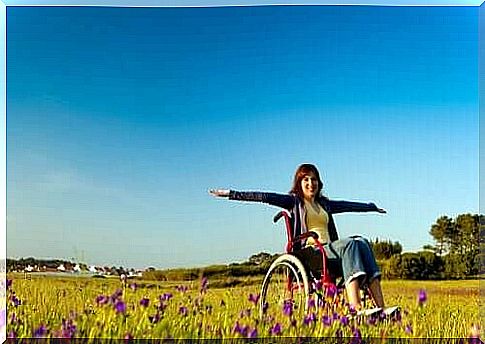
Although the terms we are going to use in this article are part of our daily lives, most people do not use them correctly or accurately. This is because the concept of disability has changed over time and society seems to be on a positive path towards the inclusion of disabilities.
Social progress has helped to create more context and visibility for able-bodied people. With that in mind, we decided to talk about the development of the concept of disability.
Disabilities are not a fixed idea. It is constantly changing and depends on a person’s functional limitations and the support they receive from outside sources.
It also has to do with the way a person can interact with their environment. We can reduce functional limitations for people with various disabilities through adaptive behavior (Badía, 2014).
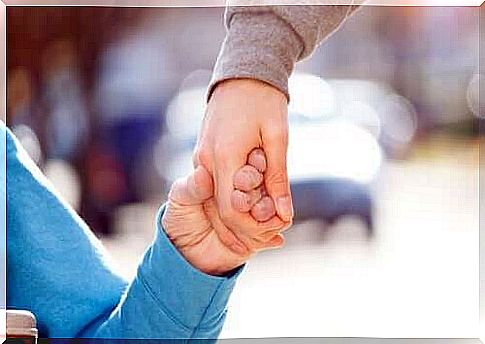
The development of the concept of “disabilities”
To understand how we move towards the inclusion of disabilities, you need to know more about history. Thus, we will look at the differences between the World Health Organization’s disability systems. We also wanted to take a moment to talk about the origins of the concept of “functional diversity”.
Disabilities: 1980 ICDIH
In the 1980s, the WHO established the International Classification of Disabilities, Disability and Disability (ICDIH). They assessed disability as a disease that consisted of three different levels:
- Weakening. Permanent physical consequences of diseases and accidents.
- Disability. A weakening that limits someone’s activities.
- Handicap. Any impairment or disability that limits or completely impedes someone’s ability to participate in or perform certain social roles that are generally considered normal.
Disabilities: 2001 ICF
In 2001, the model became the international classification of function, disability and health.
- Disability is an umbrella term for health aspects and other factors related to well-being.
- It removed concepts such as impairment and disability, as well as the flow concept disability-handicap.
- It suggested that disability was a health condition. In other words, it was a disease or disorder that caused functional problems related to impairment, activity (limitations) and / or participation (limitation), with the additional factors in environmental or personal contexts.
In 2005, the concept of “functional diversity” was born. It was promoted by the Assisted Living Forum . As Rodríguez and Ferreira (2010) stated, the goal of this concept was to move beyond the negative terminology that people traditionally used.
However, some people, including the Spanish organization CERMI, have rejected the term “functional diversity” in favor of other concepts. Instead of saying things like “disabled”. they say it is better to use terms like “people with disabilities”.
According to CERMI, the vast majority of people with disabilities and people in the social movement have rejected the concept of “functional diversity”. They say they do not feel identified with a concept that has no broad social acceptance.
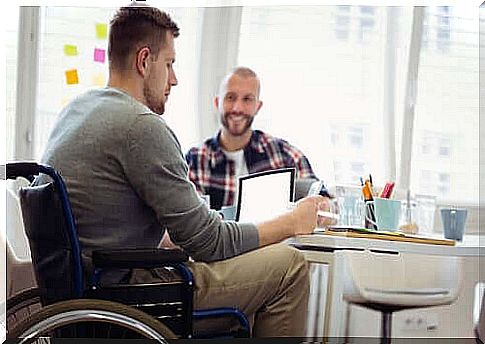
From exclusion of disabilities to inclusion
There are several different things that are worth talking about in inclusion, exclusion and disability / functional diversity. Here are some of them:
Inclusion
This movement is about people’s right to self-determination and participation. According to CILSA, this model is based on the idea that our society needs to provide equal opportunities to all people.
In other words, it is society’s responsibility to ensure that people can live and develop with the same opportunities as everyone else. If a society does not create barriers and promote interaction between different environments, development and equality should be easily achievable.
Integration
This model is about considering people with special needs or different abilities as our equals. Today we “accept” people, but still see them as different. Although they may be part of our society, they must adapt to the conditions around them. This means that society is not fully inclusive.
Segregation
This perspective considers people with disabilities as people who need special care or living environments. It is a model that involves discriminating against people and depriving them of some of their fundamental rights. In this case, they are not even part of society. They exist outside it in a marginalized space.
Exclusion
This is the model that some people consider normal and other people abnormal. This marginalizes people with disabilities from society. There is no way for them to be a part of it.
Thanks to social progress in recent years, we are getting closer and closer to the real inclusion of disabilities. Never forget how important a good education is when it comes to understanding that each of us has the same rights. After all, we are all human and we all deserve to be happy and fulfilled.
